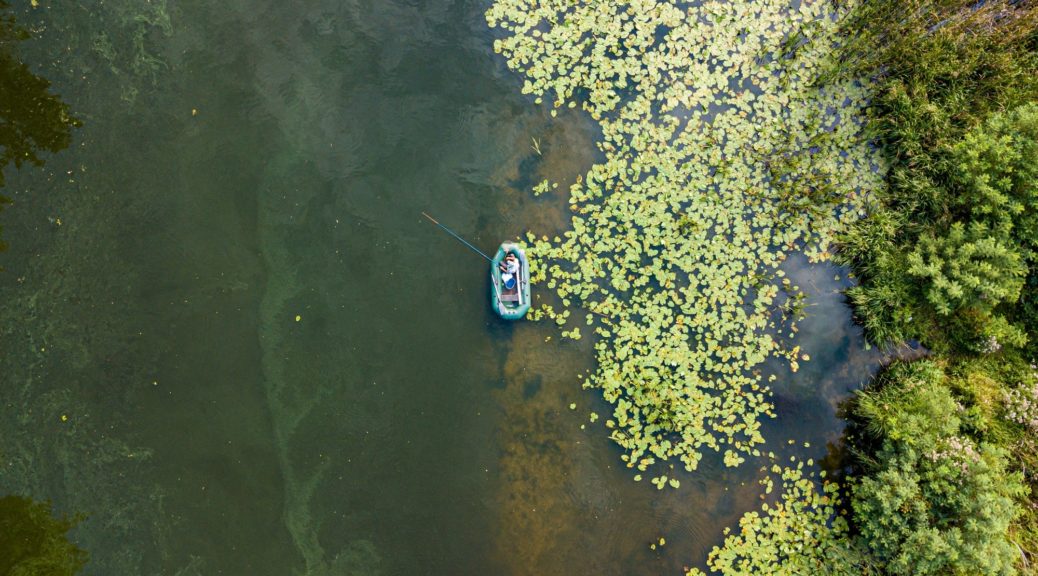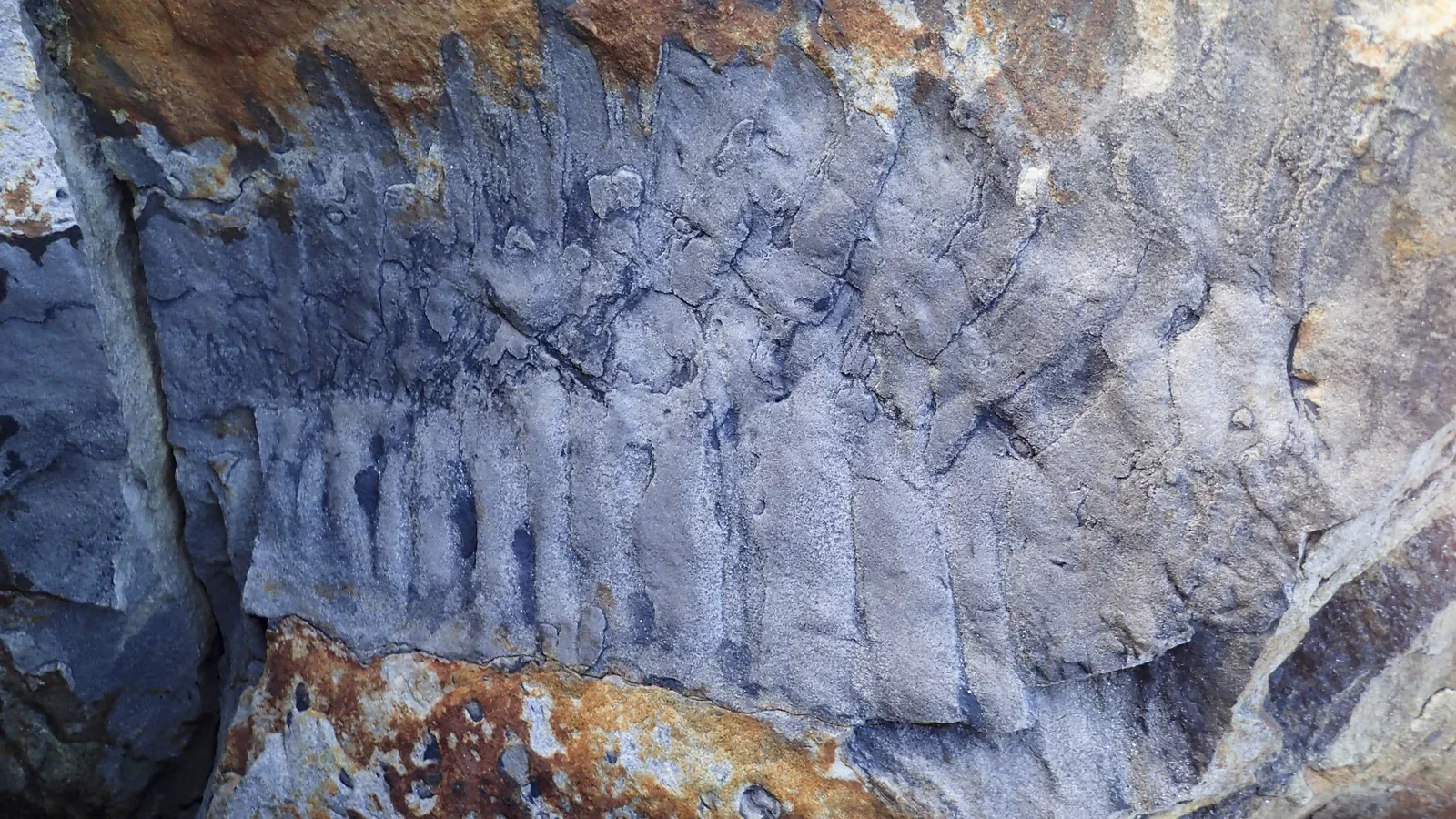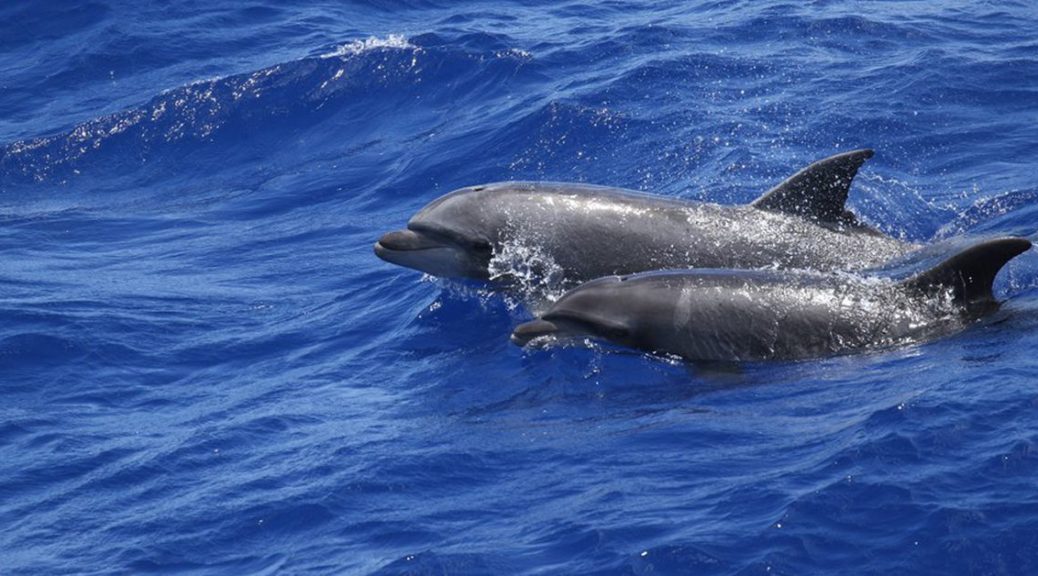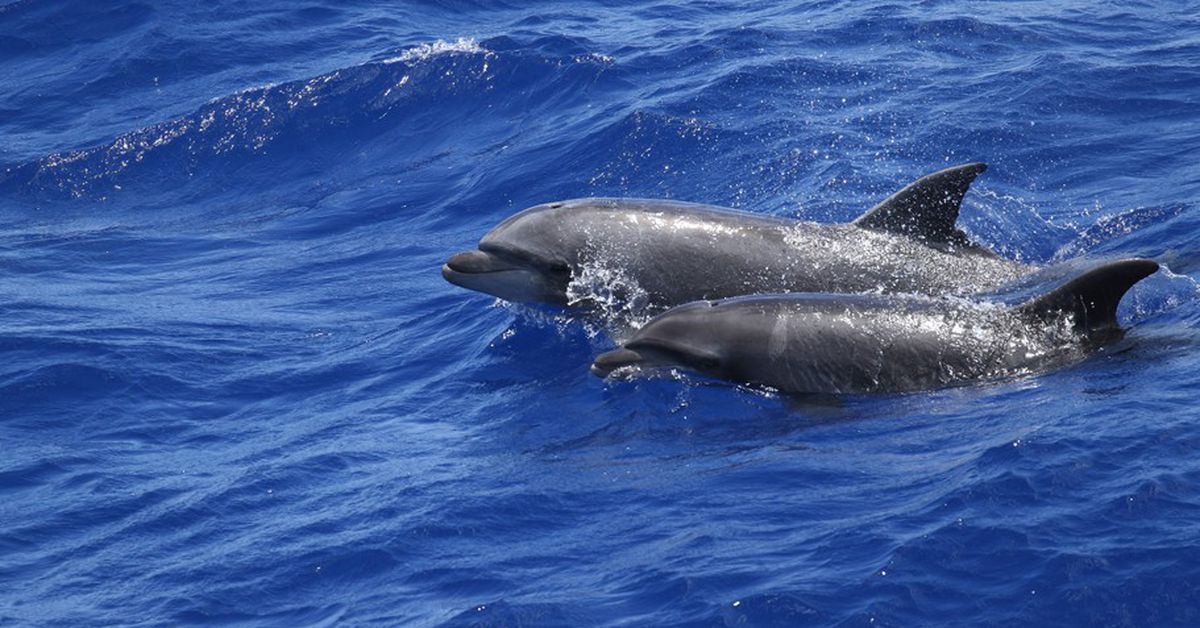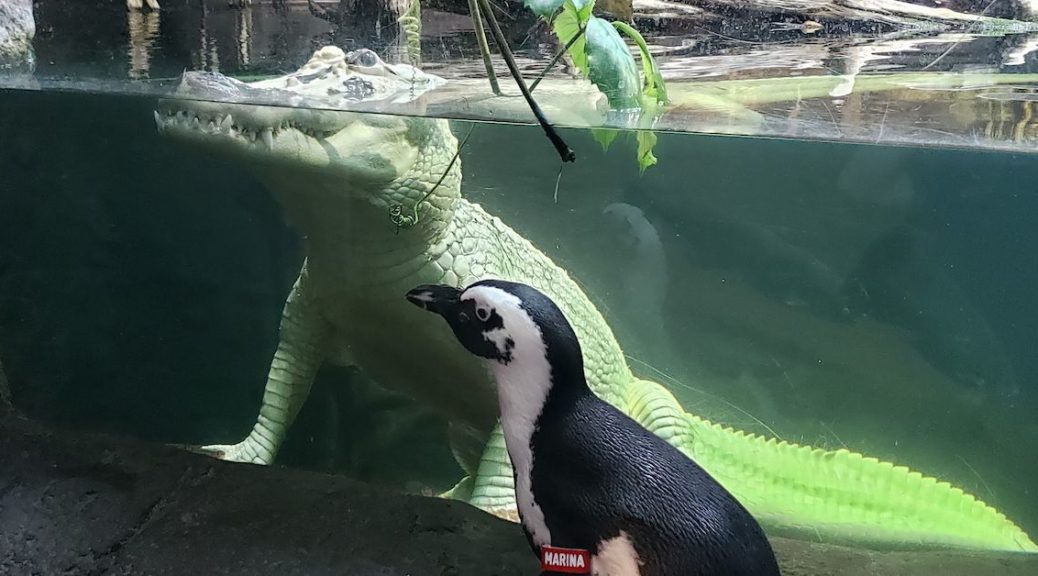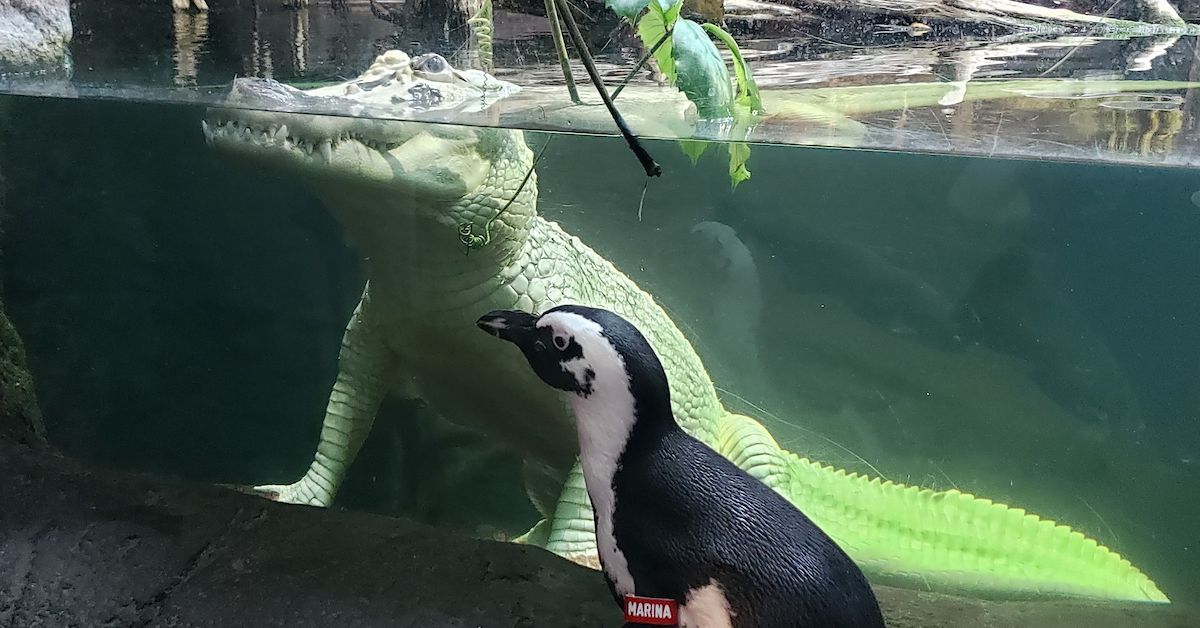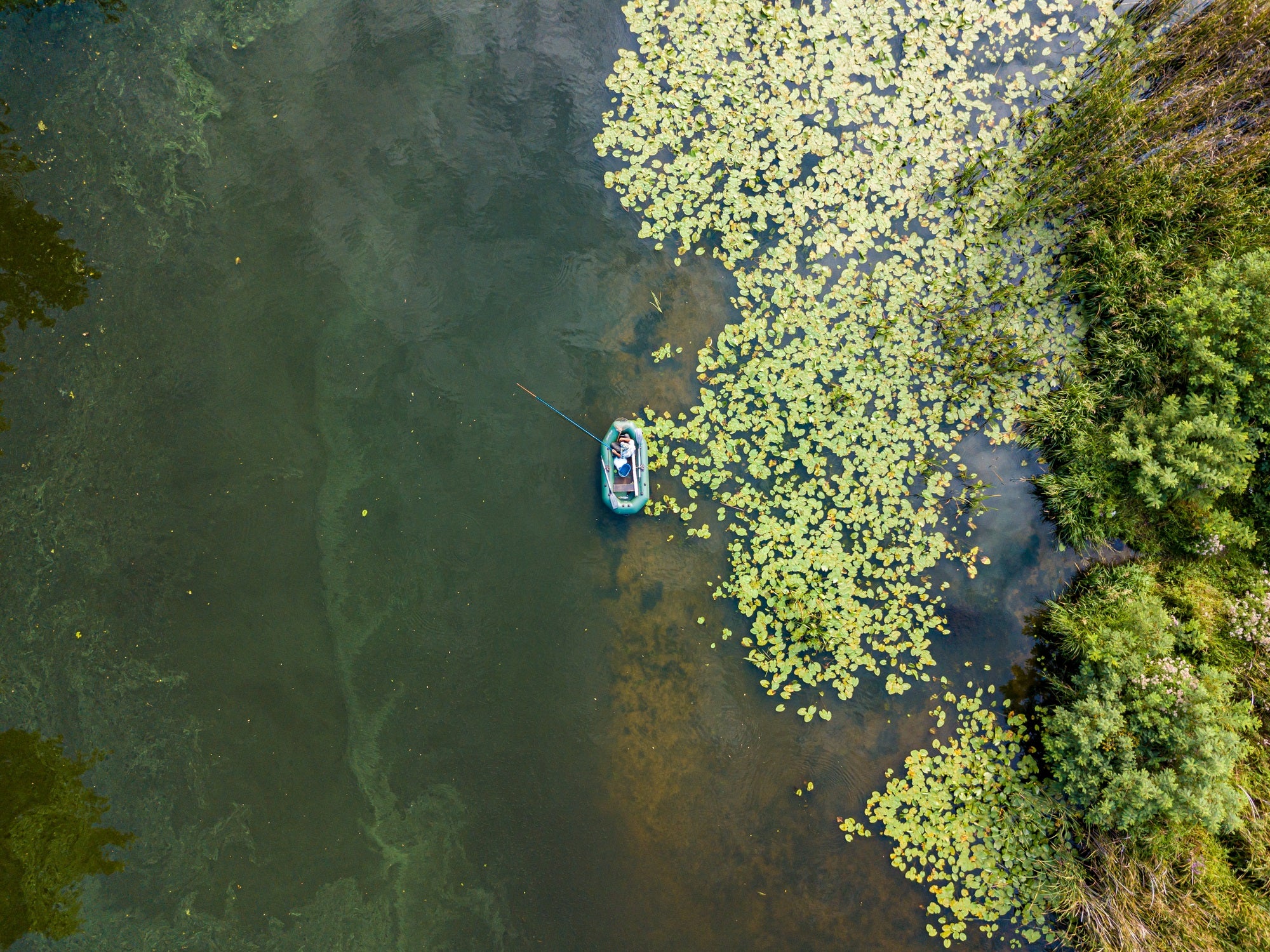
This story originally featured on Nexus Media News, a nonprofit climate change news service.
On a sweltering morning in July of 2021, thousands of dead fish washed onto the northeastern shores of Pokegama Lake, 60 miles north of Minneapolis.
Deb Vermeersch, an official with the Minnesota Department of Natural Resources, was called in to investigate.
When she arrived, she saw a quarter-mile stretch of sand covered with the rotting carcass of walleye and Northern pike, which thrive in deep, cool waters, as well as crappies, sunfish and suckers—all warm water dwellers. “They were already pretty decomposed because of the warm water,” Vermeersch recalls.
Because so many different types of fish had died, Vermeersch and her colleagues knew it wasn’t a species-specific parasite, a common cause of fish kills. They zeroed in on the culprit: dangerously low oxygen levels.
Oxygen is disappearing in freshwater lakes at a rate nine times that of oceans due to a combination of pollution and warming waters, according to a study published in Nature earlier this year. Lakes like Pokegama are warming earlier in the spring and staying warm into autumn, fueling algae blooms, which thrive in warm waters, and threaten native fish.
Minnesota, with its 14,380 lakes and temperatures that have risen faster than the national average, is a unique laboratory for studying how climate change is affecting temperate-zone lakes around the world. The state sits at the intersection of four biomes––two distinct prairie ecosystems and two ecologically different forest systems. This means scientists here are able to study how lakes in different ecosystems fare on a warming planet, and look for ways to stave off the worst effects of climate change.
“If you start losing oxygen, you start losing species.“
“What’s going on at the surface is that warmer water holds less oxygen than cool water,” says Lesley Knoll, a University of Minnesota limnologist and one of the authors of the Nature report. She says that longer, hotter summers are interfering with two key processes that have historically kept lakes’ oxygen levels in check: mixing and stratification. In temperate climates, water at the surface of lakes mixes with deep waters in the spring and the fall, when both layers are similar in temperature. As the surface water warms during the summer, the water forms distinct layers based on temperature––cool water at the bottom, warm at the top. This is known as stratification. In the fall, when the surface waters cool again, the water mixes for a second time, replenishing oxygen in deeper waters. But as climate change makes surface water warmer, and keeps it warmer for longer, that mixing doesn’t happen when it should.
“As you have that stronger stratification, the water in the deep part of the lake is cut off from the oxygen at the top part of the lake. If you start losing oxygen, you start losing species,” says Kevin Rose, a biologist at Rensselaer Polytechnic Institute in New York and a coauthor of the Nature study.
Knoll, Rose and a team of 43 other researchers studied 400 temperate lakes from around the world. They found that, on average, surface waters warmed by 7 degrees Fahrenheit and have lost roughly 5 percent of oxygen since 1980; deep waters, which haven’t warmed much, have still lost an average of almost 20 percent of their oxygen. (Thanks to the state’s long-held lake monitoring programs, almost a quarter the lakes in the study were in Minnesota.)
Warming lakes emit methane
Fish kills aren’t the only reason scientists are concerned about lakes losing oxygen. In extreme cases, when deep waters go completely void of oxygen, something else happens: Methane-emitting bacteria begin to thrive.
“As lakes warm, they will produce more methane and most of that has to do with stratification,” says James Cotner, a limnologist at the University of Minnesota.
Lakes normally emit carbon dioxide as a natural part of breaking down the trees, plants and animals that decay in them, but plants in and around fresh water also absorb it, making healthy lakes carbon sinks.
Lakes have historically emitted methane, too––about 10 to 20 percent of the world’s emissions––but the prospect of them releasing more of the greenhouse gas has Cotner and his colleagues alarmed. Methane is about 25 times more potent than CO2 when it comes to trapping heat in Earth’s atmosphere.
Cotner is leading a team of researchers who are studying what conditions allow methane-emitting bacteria to prosper in lakes and how conservationists can respond.
“The key questions are understanding how much and when carbon dioxide and methane are emitted from lakes, and what are the key variables that can tell how much will be emitted. Certainly, oxygen is a big part of that, but stratification and warming also plays a role,” says Cotner.
[embedded content]
Pollution plays a big role
It’s not just longer, hotter summers that are causing lakes to lose their oxygen. Polluted agricultural runoff (pesticides and fertilizers) and logging have long plagued Minnesota’s lakes. It’s a problem that’s getting worse worldwide as climate change pushes agriculture further away from the equator and into new territory, says Heather Baird, an official with Minnesota’s Department of Natural Resources.
In northern Minnesota, potatoes now grow where pine forests have thrived for years. Phosphorus, a common fertilizer, now runs off from the soil into the region’s lakes, Baird says. Though small amounts of phosphorus occur naturally in lake ecosystems, too much of it feeds harmful algae blooms.
Those blooms, which thrive in warm, nutrient-rich water, set off a chain of events that remove oxygen from deep lake waters.
“When phosphorus builds in lakes and creates algae blooms, those blooms eventually die. As they do, they sink. Deeper down, bacteria break down the algae, using up the remaining oxygen at those lower depths,” said Baird.
A quarter of Minnesota lakes now have phosphorus levels that are so high that the state advises against swimming, fishing or boating in them. Fueled by these nutrients, algae blooms take over, covering the lake in sometimes toxic residue that thrives in warm, nutrient-rich water, as was the case in Pokegama Lake earlier this year. The protists choke out aquatic life, especially fish that thrive in cold, deep waters. This is all exacerbated by warming air temperatures.
The 75 percent rule
Researchers and conservationists in Minnesota are now studying the best ways to protect temperate-climate lakes from the worst effects of climate change. They have found that preserving 75 percent of deep-water lakes’ watersheds appear to keep fish stocks healthy.
“Having a forested watershed helps keep better water quality by filtering out nutrients, which in turn can buffer against the impacts of climate change, to a point,” Knoll said. However, she added, as temperatures continue to rise, “that 75 percent may not be high enough anymore.”
Knoll and state conservationists are focusing their research and efforts on deep, cool lakes that have a better chance of staying oxygenated than warmer, shallower lakes, like Pokegama.
July 2021, when the Pokegama Lake fish kill occurred, was the hottest month ever recorded on Earth. Parts of Minnesota were also experiencing the worst drought in 40 years, a trend some climatologists expect to persist in future summers.
Vermeersch, the Minnesota fisheries supervisor, said it’s unclear what this will mean for the future of lakes like Pokegama. “Hopefully it’s not going to be a linear thing,” she said, adding that fish kills are “probably going to happen more often,” depending on a combination of factors. “When you get lakes like Pokegama that are shallow and already impaired, I think we are going to see more and more conditions like this.”
Correction (December 23, 2021): The story previously identified the wrong Pokegama Lake in Minnesota. The one that experienced the fish kill in July is 60 miles away from Minneapolis, not 140 miles away.
For GREAT deals on a new or used Nissan check out Mossy Nissan El Cajon TODAY!

